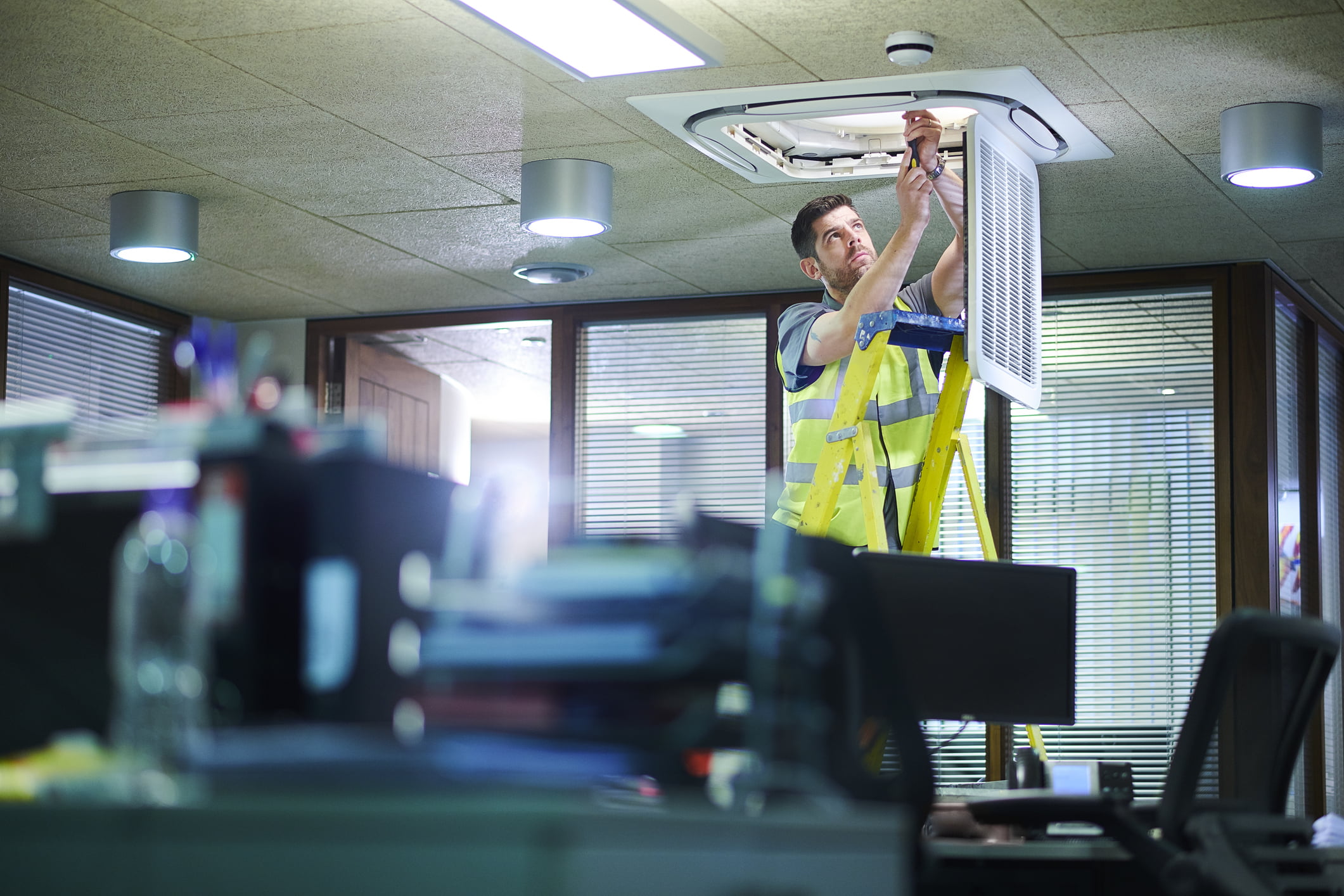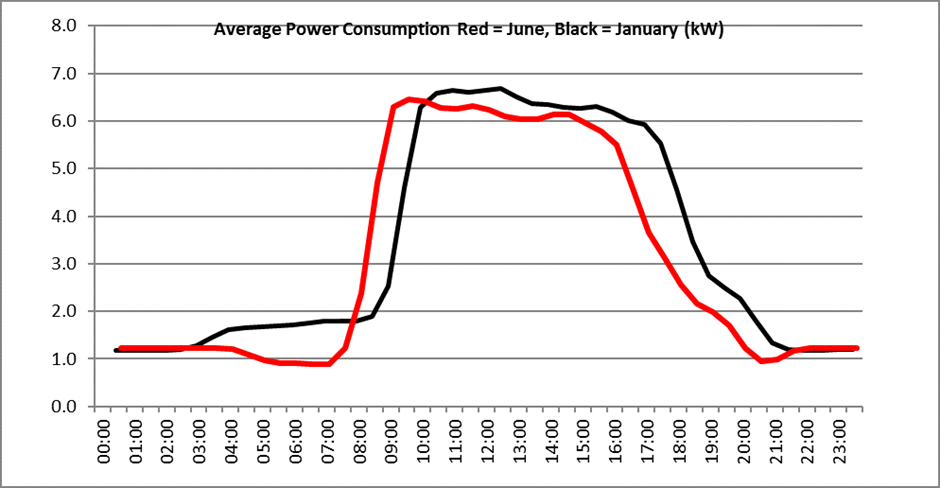With energy bills and operational costs rising, introducing measures to reduce energy use within your business could save you money and improve your sustainability credentials.
According to research from the Department of Energy & Climate Change, the average small and medium sized enterprise (SME) could reduce its energy bill by up to 25% by installing energy efficiency measures and implementing behavioural change. This is especially true for offices and retail spaces.
By installing low and no-cost energy efficiency measures, such as LED lighting or smart timers, your organisation could start to save energy and reduce costs. Benefits of installing energy efficiency measures include:
- A more comfortable work environment.
- Reduced energy bills.
- Increased profitability.
- Reduced exposure to future energy price rises.
- Reduced carbon footprint.
There are many low and no cost actions that can make a difference – your organisation may be doing some of them already. Once you’ve reviewed and incorporated any action that work for you, you’ll be able to reduce energy bills, improve relationships with your employees, reduce your exposure to future energy price increases, and identify where bigger investments could results in greater savings.


